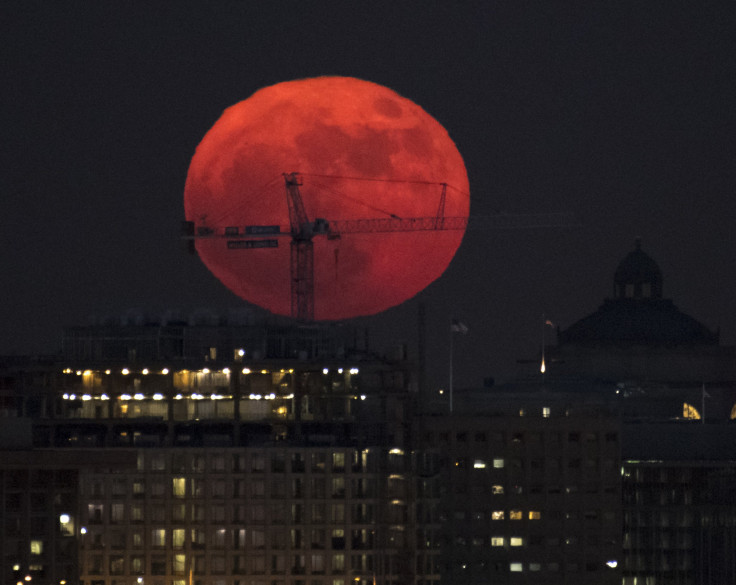Common Moon Myths And How You Can Debunk Them

KEY POINTS
- The Worm Moon appeared this week
- The Moon does not grow in size during supermoon events
- A simple experiment can debunk the Moon's dark side myth
An astronomer recently discussed the most common myths about the Moon and how anyone can debunk them in the comfort of their own homes. The facts about the Moon were released following the recent appearance of the full supermoon.
Earlier this week, the supermoon known as Worm Moon made its debut. As noted by scientists, supermoon events occur when the Moon reaches its closes point to Earth, which is known as the perigee. Since the Moon is closer to Earth, it appears larger than normal.
One of the most common myths about the Moon is the large appearance of the supermoon. On average, a supermoon is about 14% larger than a regular Moon. However, this does not mean that Earth’s natural satellite grew in size. Instead, as explained above, the Moon only appears bigger because it’s closer to Earth.
Although 14% seems like a significant change, the difference in size between a supermoon and a regular Moon can only be noticed if these two were compared side by side.
Another misconception about the Moon is the presence of a dark side. According to this classic myth, there is a side of the Moon that has never been reached by the light of the Sun because it doesn’t rotate on its axis. This notion is based on the idea that the same side of the Moon always faces Earth.
However, the reason why the same side always faces Earth is because the Moon rotates around itself while moving around Earth. According to Daniel Brown, an astronomy lecturer at Nottingham Trent University, this notion can be proven through a simple experiment done at home.
“You can experience this yourself with a simple experiment,” he explained in an article on The Conversation. “Slowly walk around a chair at home so that you always look directly at it. Note how you might see the chair in front of the window and then later in front of your desk, depending on where you are.”
“If you stop somewhere, you only see one background,” he added. “To see all the other parts of the room, you will need to turn around or rotate.”
Another myth about the Moon is how Earth’s shadow causes the various lunar phases. As noted by Brown, Earth’s shadow doesn’t actually cover parts of the Moon. Instead, people on Earth only get to see different sides of the Moon due to the planet’s location.
This misconception can be debunked by placing a ball on a wall to represent the Moon. With a light source representing the Sun placed behind you, walk around the ball to view its visible sides.
“As you move on and the Sun is now to your right as you face the ball, you see half of the visible side illuminated, like a half-moon,” Brown stated. “When the ball and Sun are in the same direction, we see none of the visible sides illuminated.”
© Copyright IBTimes 2024. All rights reserved.





















